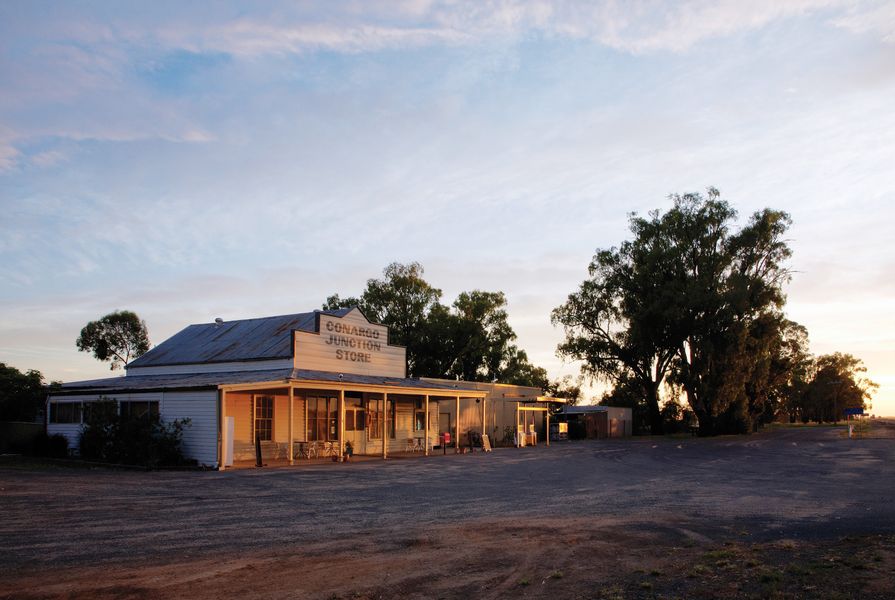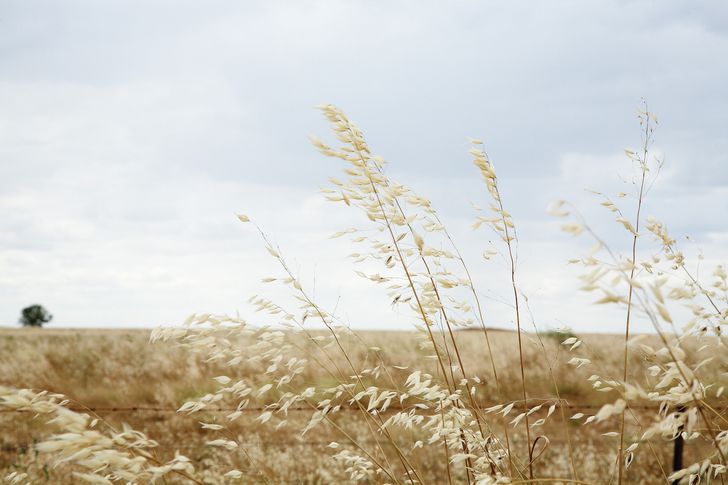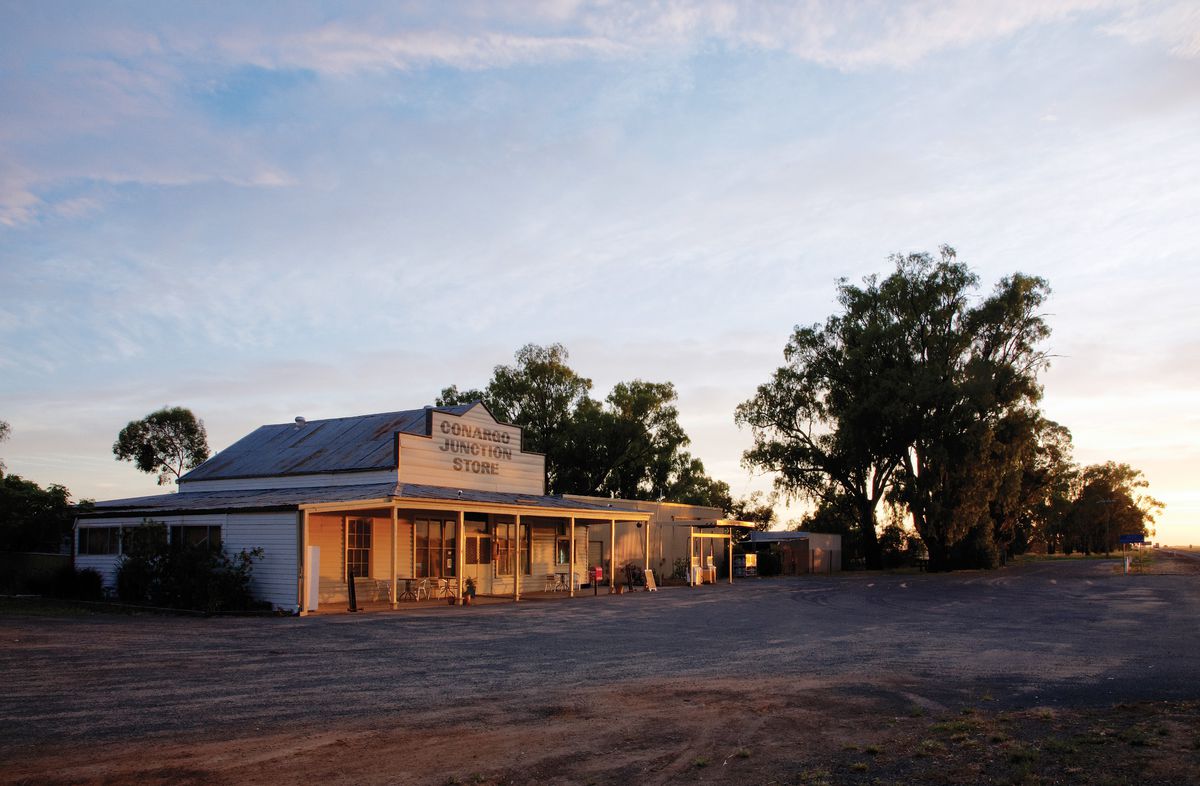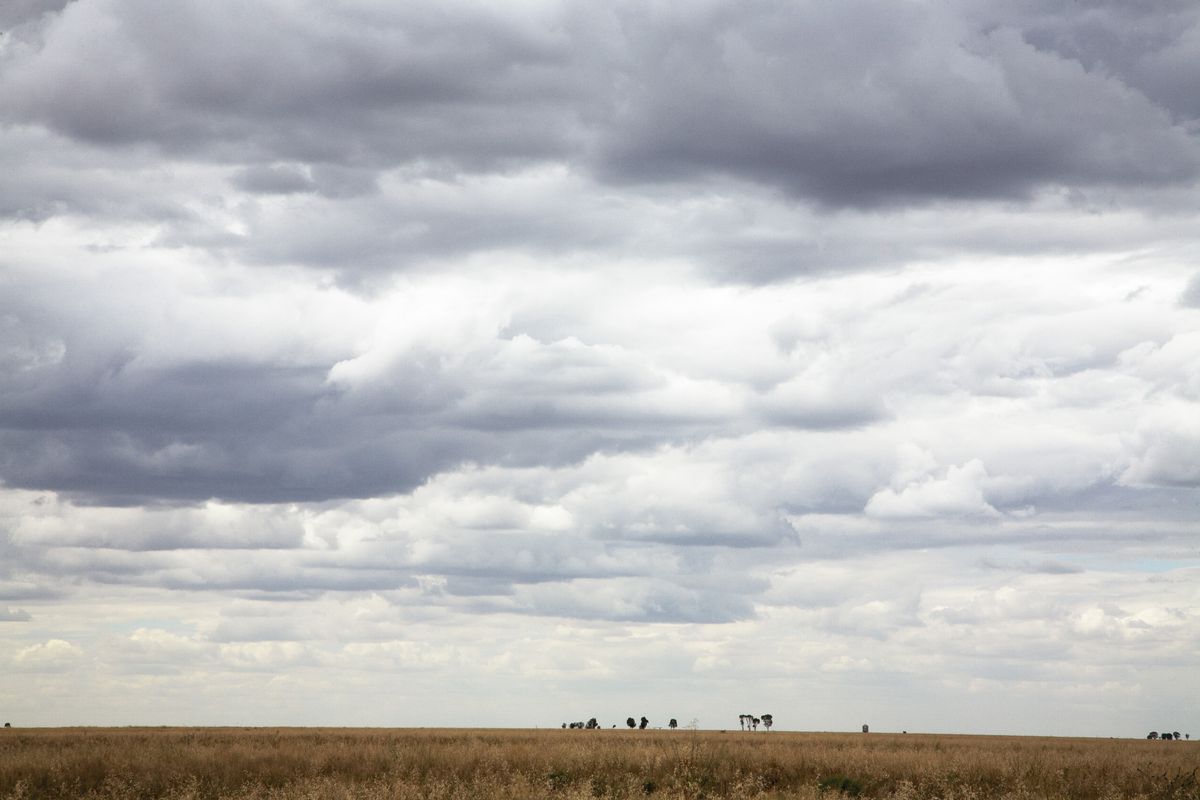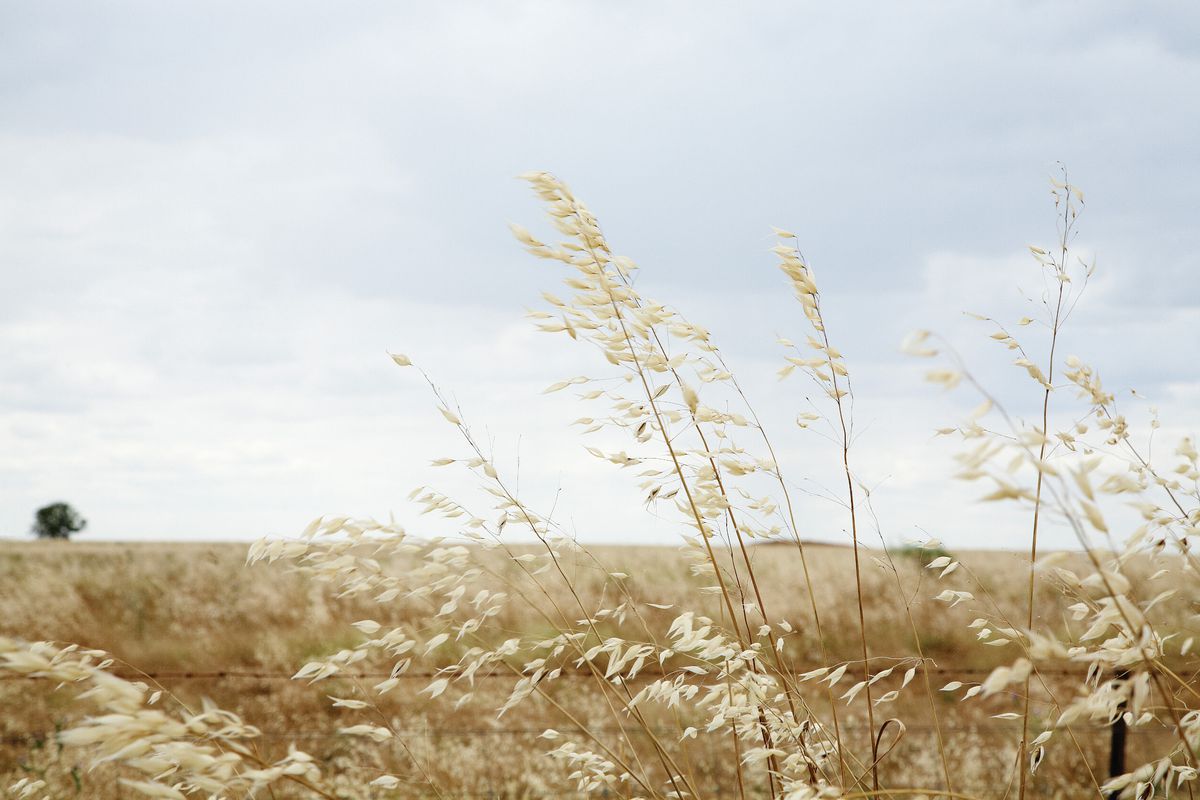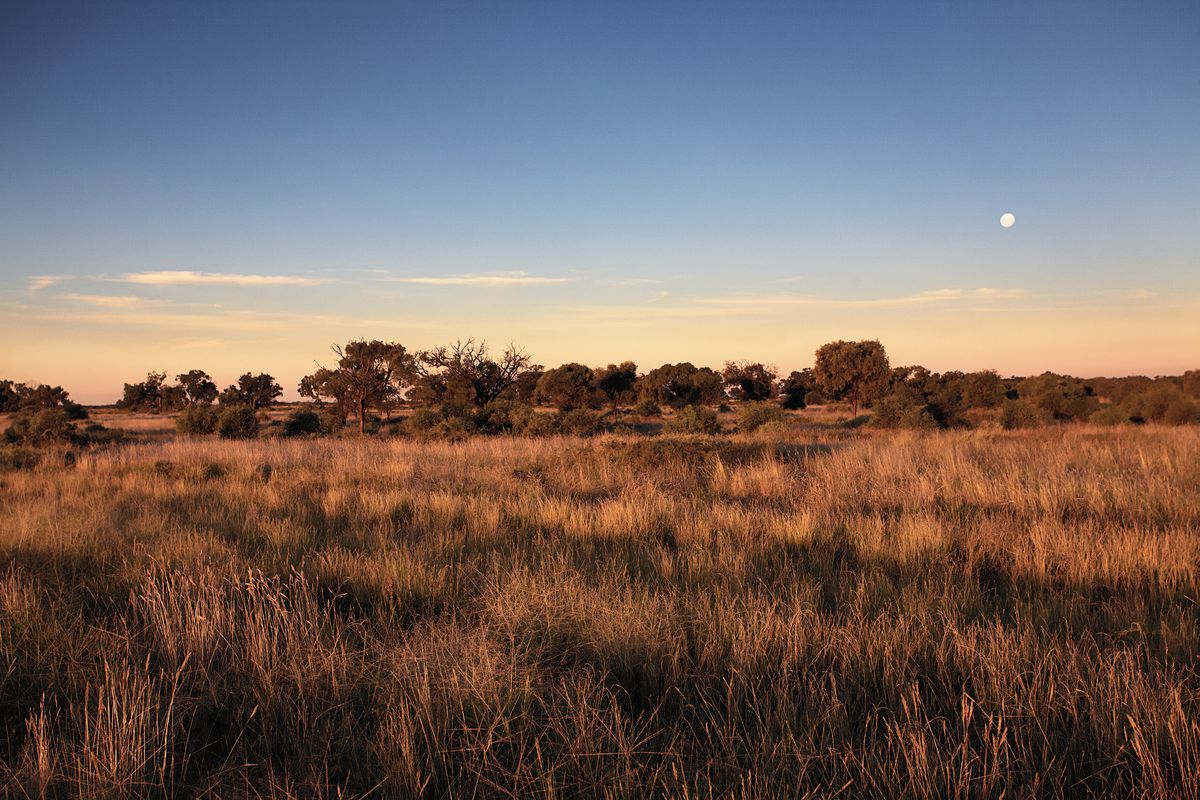We’ve been thinking a lot about “dangerous” landscape architecture in regional areas recently. Does a smart new entry sign on the highway promise more than the town can deliver? Can the traders in the main street actually withstand the disruption to their businesses that is inevitably caused by redoing the footpath outside their shops? In other words, is the beautifully illustrated new streetscape plan that was commissioned to “revitalize” the town centre likely to be the end of the very businesses that the plan was designed to support?
While the landscape architecture profession is focused on creating great cities, there’s an insidious, and largely silent, transformation underway in our country towns. The dominant political and economic narrative has gradually, but determinedly, shifted to an acceptance that regional cities provide the only viable alternative to the new global cities. For small towns beyond commuting distance of a city or without significant natural assets, there is a quiet assumption that little can be done to stem the flow. The loss of wheat-sheep belt towns is particularly noticeable, as rising productivity has led to a loss of employment and town function. In 1911 the largest number of people lived in towns with populations between two hundred and five hundred people, with very few in large towns. Conversely, in 2006 this category held the fewest people, while large regional cities dominated.1 Economically, we have been conditioned to value growth. In our world of free market enterprise, arguing for resources for small towns can be challenging when economic indicators favour centralization.
While economists disagree on commodity pricing trends in agriculture, it is clear that land holdings have had to become significantly larger in order to remain viable. Farm profitability therefore relies on increased productivity. Australia’s high labour costs inevitably lead to dependence on cheap oil and a greater reliance on synthetic fertilizers and chemical pest and weed control. The consequence is the depopulation of small towns as farms are amalgamated into larger holdings run by fewer people. Reduced population means fewer services and, in a cycle of chicken and egg, living in a small town becomes less appealing, so more people leave.
Land holdings across rural Australia are growing larger as smaller farms are amalgamated to remain viable, resulting in fewer jobs and smaller populations.
Image: Sally Wright
This is not a new dilemma. The question, however, remains: if left to market forces entirely, who produces the food that feeds the cities, who cares for the communities that are left behind and, without farmers, who fulfils the role of steward of the land? Rather than baulking at the cost of change, it may be more appropriate to consider how we quantify the cost of doing nothing as people lose connection to community and land. The consequences are likely to be increased rates of suicide and depression and subsequent escalating healthcare costs.
Small towns matter. Their communities are filled with resilient people who understand and value the landscape they live in. They embody what it means to belong, to find ways of working together in spite of their differences and against the odds. They have much to teach us about redesigning and re-engineering our profession to ensure the survival and good health of our richly diverse systems. These challenges require integrated responses that genuinely balance economic, environmental, social and cultural aspects by developing highly tailored site resolutions.
Every town has a story worth telling. Ironically, local community members often struggle to distance themselves enough to understand the value of sharing their unwritten history. Understandably, they will go to great lengths to keep the real story hidden. The inevitable result is a rather dated, and definitely dull, photocopied town brochure that looks remarkably like the brochure in the next town down the highway. Without the gritty and tragic elements, the story lacks emotional resonance and consequently, the stories of each town start to merge until it’s hard to remember anything that sets this particular town apart. It takes time, skill and compassion to uncover the stories that are not in the brochure. It takes even more time to help the community to share their remarkable, tragic and at times downright hilarious stories.
Some community organizations exist to stifle change. This isn’t malice, it’s the result of watching your town decline and a certain pride in what the community had. The grey-haired nanas and pops facing you in the town hall have seen it all before. They’ve seen a string of shiny-shoed consultants and mostly well-intentioned bureaucrats over the years. Happily, they are also pragmatic and are equally capable of committing to radical and bold changes if you take the time to win their trust. As a group, their capacity to continue contributing their time, skills and energy to the common good is truly remarkable.
The process of developing a masterplan can be littered with landmines, as it inevitably exposes cracks in community relations, opens old wounds and leads the community to question their future. It can also be an opportunity to bring long-time residents and newcomers together in creating a shared vision, to openly acknowledge the limited resources available to rural councils and to develop a shared list of priorities. It’s a rich process, but one fraught with danger. Some will be successes and some will be failures.
In response to the dominant paradigm, which focuses on centralization and rationalization, examples have emerged of highly skilled, passionate people who have succeeded in swimming against the tide. Many are newcomers, entrepreneurs who have chosen a life outside cities. They have developed business models that consciously do not fit the “standard template” and in the process altered the course of their own small towns. If “disruptive innovation” describes a “process by which a product or service takes root initially in simple applications at the bottom of a market and then relentlessly moves up market, eventually displacing established competitors,”2 then small towns have a few runs on the board. Examples in Victoria include The Royal Mail Hotel in Dunkeld, Red Beard Bakery in Trentham, and Dookie Earthed, a twelve-hour feast of film, lectures and cultural events, which was attended by more than five thousand people in 2014. These exemplify an ability to identify the “pulse” and curate businesses and cultural events accordingly.
In the TED Talk titled “How to Revive a Neighbourhood: with Imagination, Beauty and Art” (2015), Theaster Gates spoke about “the growing expertise of invested community members” and the need to identify and work with people who already believe in a place. In regional Victoria, there have been two significant changes that suggest substantive political change at a grassroots level. In December 2014, independent Suzanna Sheed won the district of Shepparton after the seat had been held by The Nationals for forty-seven years. Similarly, the district of Indi had long been considered a conservative stronghold before independent Cathy McGowan won the seat in 2013. These political changes are an indication of regional communities wanting and embracing reinvigoration.
In response to dominant political and economic trends and the limited resources available to their local councils, community leaders in some small towns are quietly taking back control. Our role as professionals is to help them to develop sophisticated, multi-layered design resolutions and strategies that are highly site specific in their responses to the challenges each town faces, as they “… rage, rage against the dying of the light.”3 Death is not inevitable, but for many towns the process of wresting back control warrants more than a cut-and-paste response.
1. Bureau of Infrastructure, Transport and Regional Economics, The evolution of Australian towns, Research Report 136 (Australian Government: Canberra, 2014).
2. “Disruptive innovation” definition by Clayton Christensen. See www.claytonchristensen.com/key-concepts
3. Dylan Thomas, “Do not go gentle into that good night,” 1951
Source

Discussion
Published online: 30 Sep 2015
Words:
Liesl Malan,
Sally Wright
Images:
Sally Wright
Issue
Landscape Architecture Australia, August 2015

